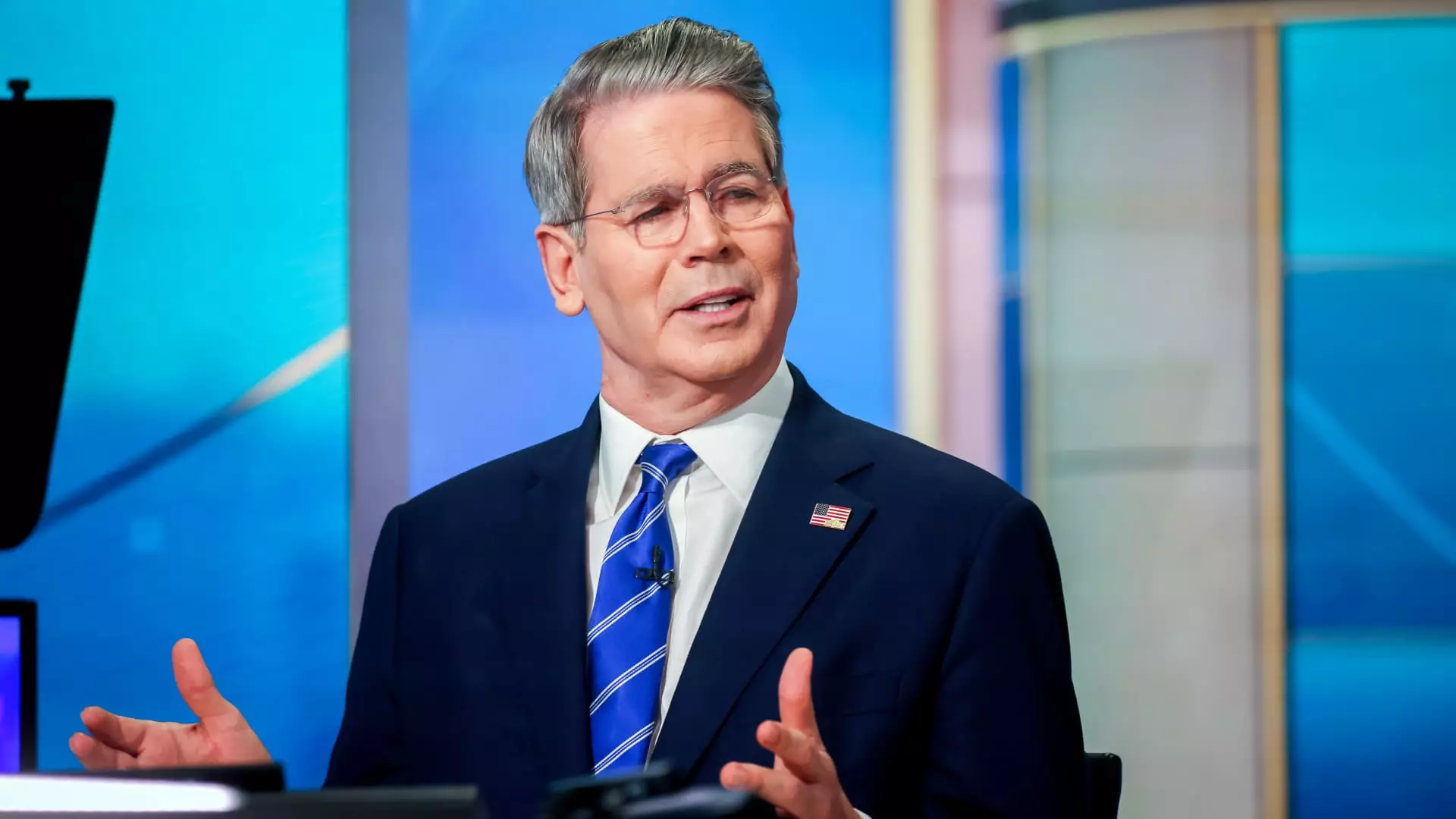The process of selecting a new Federal Reserve chair has entered a remarkable phase. Normally, such decisions align closely with scheduled policy reviews or known end-of-term timelines. Yet, in a move that underscores the prevailing economic uncertainty, Treasury Secretary Scott Bessent has indicated a rapid acceleration, aiming to narrow down a heavily scrutinized candidate pool even before Jerome Powell’s current term concludes in May 2026. This proactive approach reveals a stark recognition that the U.S. economy faces extraordinary challenges, demanding dynamic, perhaps unconventional, leadership at the Fed.
This early scramble for a new chief reflects the mounting pressure from the White House—and the markets—to pivot swiftly toward more accommodative monetary policies. The inclusion of an eclectic set of contenders ranging from current officials to Wall Street strategists showcases an openness that could both bode well for innovative solutions and introduce unpredictability into the institution’s future. There is an underlying tension: the Fed’s independence versus political urgency, throwing open the question of whether this process will prioritize expertise or operational convenience.
Complexity of the Candidate Field: A Reflection of Broader Economic Concerns
The broad and diverse candidate list exemplifies the multifaceted challenges facing U.S. monetary policy. Officials like Michelle Bowman and Christopher Waller, both seasoned policymakers, bring institutional stability, while figures such as Lorie Logan and Kevin Hassett offer fresh perspectives rooted in current economic realities and political alignments. The inclusion of market strategists like Rick Rieder and David Zervos suggests an appetite for leaders with a visceral understanding of markets—an acknowledgment that the Fed’s decisions are increasingly intertwined with financial sector movements.
At the core is the recognition that the economy is at a delicate inflection point, with fragile housing markets, sluggish growth, and persistent inflationary pressure. The White House’s push for interest rate cuts signals a willingness to prioritize short-term growth over potential long-term inflation risks. It’s a gamble rooted in the belief that stimulating the housing sector—already hampered by low inventories—could serve as the catalyst for a broader economic revival. The question is whether the right leadership in the Fed can navigate these stormy waters without exacerbating inflation or destabilizing markets.
Political Motivations Versus Economic Prudence
The move to quicken the appointment process arrives amid intense political pressure and a sense of urgency. While Powell’s current term extends into 2026, the White House seems eager to influence the Fed’s trajectory sooner rather than later. The rationale is seemingly driven by a desire to facilitate economic growth, particularly in housing, which remains a stubbornly sluggish sector. This alignment raises the critical issue: will the next Fed chair prioritize adherence to data-driven policymaking or succumb to political and market pressures to cut rates prematurely?
The upcoming Jackson Hole speech by Powell is being closely watched, with speculation swirling that it may hint at a more dovish stance or at least reveal the Fed’s current thinking. Yet, a possible deviation from the standard approach carries significant risks. Easing monetary policy without a thorough assessment of inflation, employment, and global economic conditions could set the stage for future instability. It’s a high-wire act: one where boldness must be balanced with caution.
Leadership in Uncertain Times: A Call for Courage
The overarching takeaway is that the decision to expedite the Fed chair selection is more than procedural—it is symbolic. It represents a broader recognition that in today’s volatile environment, leadership must be proactive, adaptable, and fearless. The stakes are high: a misstep in policy or leadership could either stoke inflation or deepen recessionary tendencies.
The appointment of a leader who understands both the intricacies of modern financial markets and the urgency of economic growth challenges could reshape the trajectory of U.S. monetary policy for years to come. In such a tense moment, the choice of a Fed chair is not merely about administrative succession—it embodies the nation’s approach to balancing growth, inflation, and market stability amidst unprecedented global shifts. The decision will reflect on whether wisdom or expedience guides the future of U.S. economic policy.

